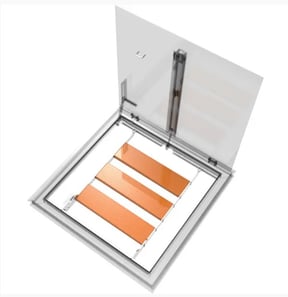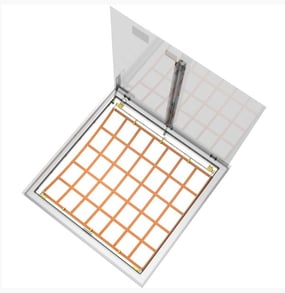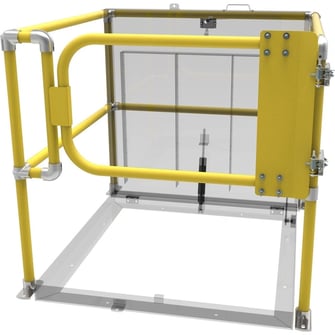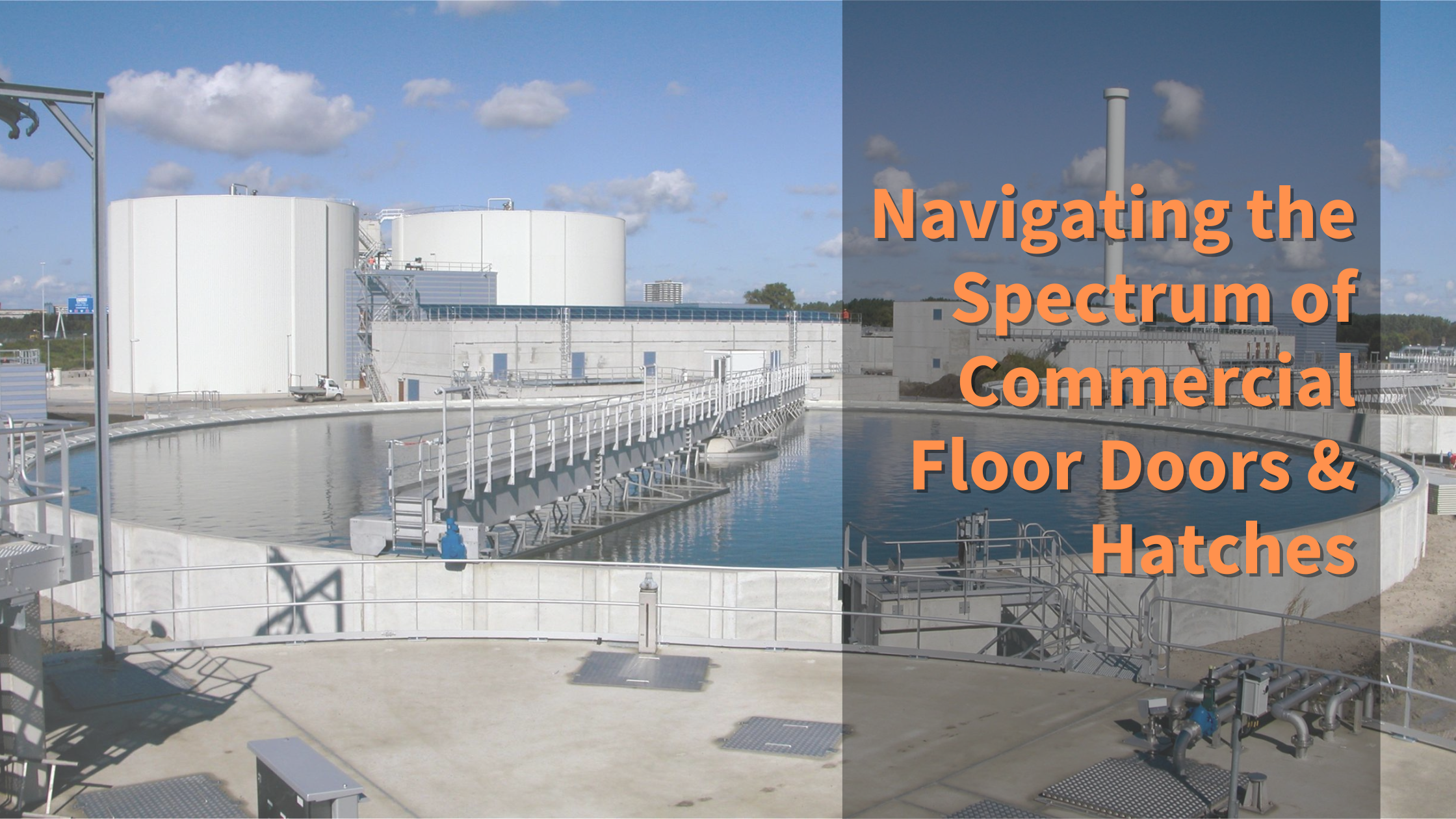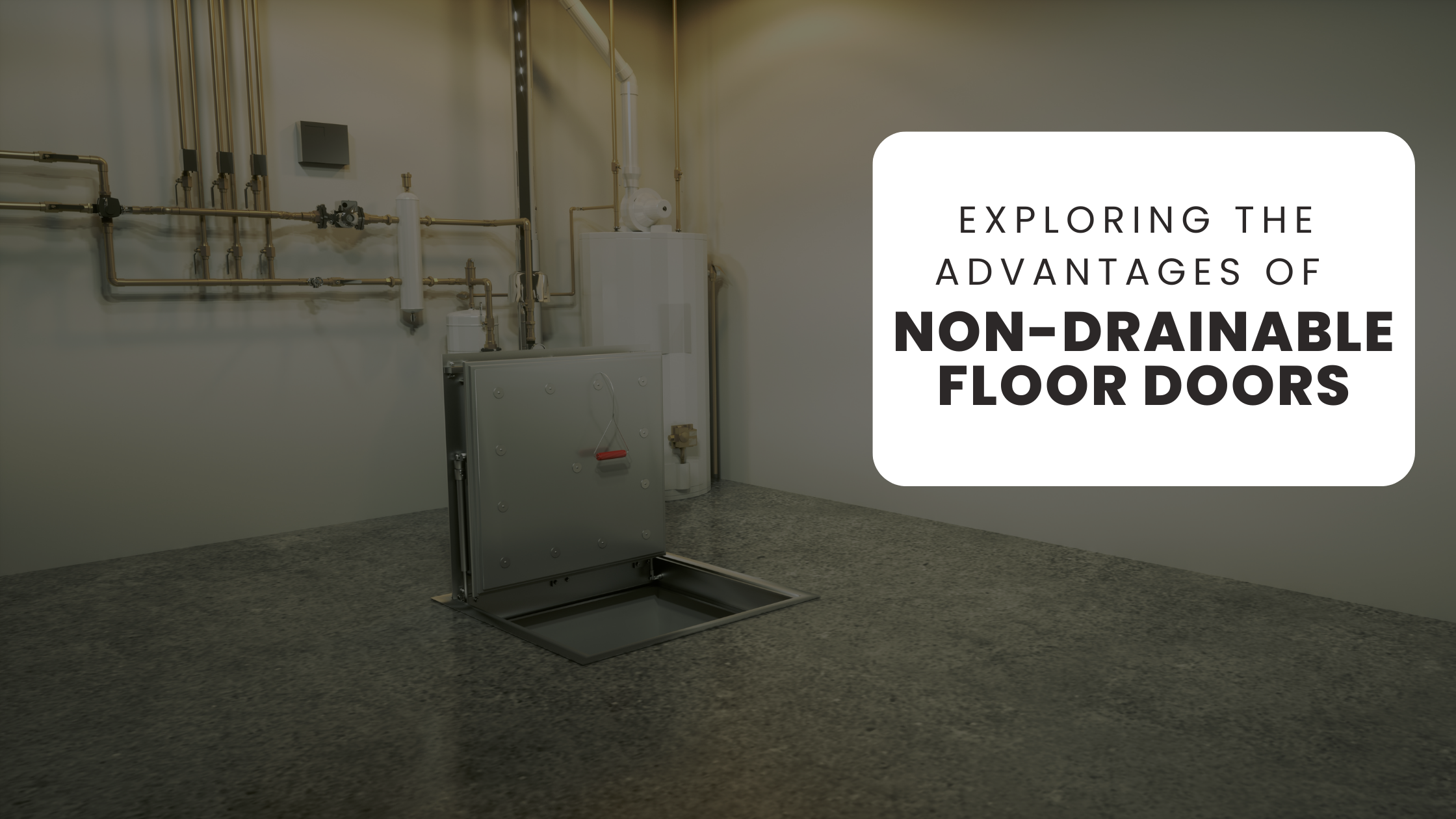The Importance of Fall Protection on Commercial Floor Hatches
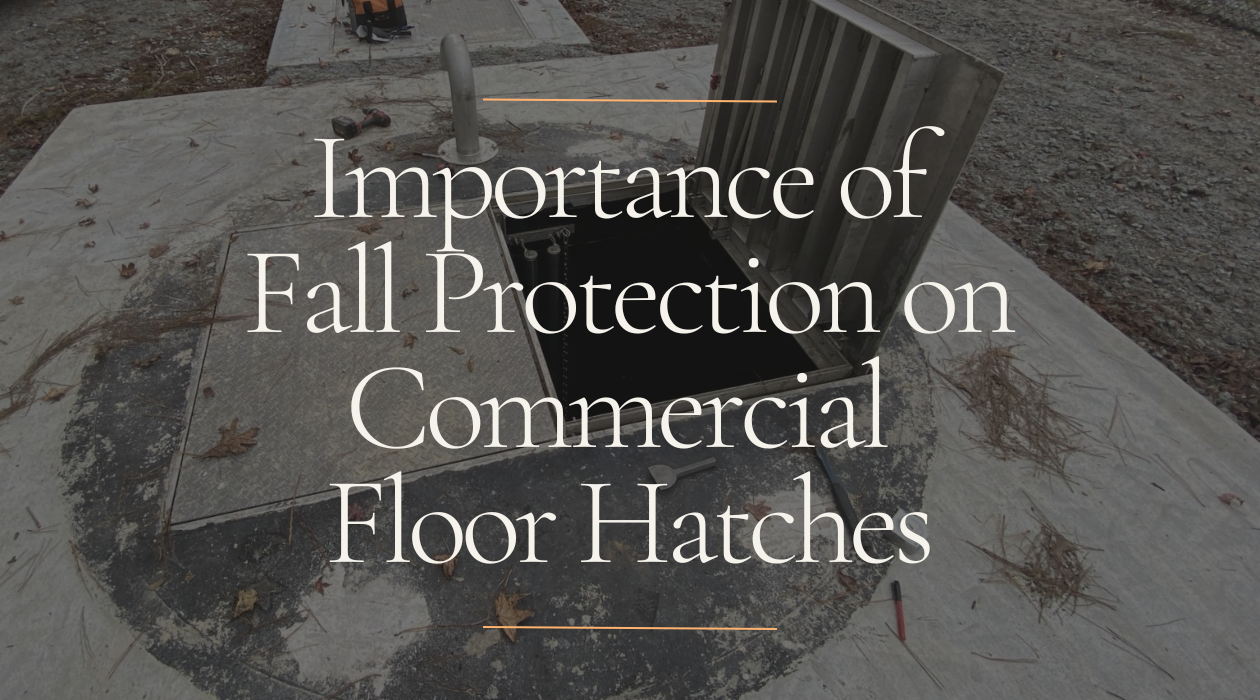
Safeguarding Access
Commercial floor hatches and doors provide essential access points in buildings, facilitating maintenance, equipment installation, and emergency egress. However, without adequate fall protection measures, they can pose significant safety risks to workers and occupants. In this blog post, we'll explore why fall protection is crucial on commercial floor hatches and how proper safety measures can mitigate hazards and prevent accidents.
Understanding the Risks:
Commercial floor hatches and doors are often located in high-traffic areas such as corridors, hallways, or manufacturing floors. Without proper fall protection, individuals accessing these hatches are at risk of slips, trips, and falls, which can lead to severe injuries or even fatalities. Additionally, the openings created by floor hatches present a hazard for workers and equipment operating nearby.
Compliance with Regulations:
Ensuring fall protection on commercial floor hatches and doors isn't just a matter of safety—it's also a legal requirement. Regulatory bodies such as the Occupational Safety and Health Administration (OSHA) mandate that employers provide adequate fall protection for workers exposed to fall hazards. Failure to comply with these regulations can result in costly fines and penalties, as well as reputational damage for businesses.
OSHA Standard 1926.501 (b) (4) Holes. 1926.501 (b) (4) (i) - Each employee on walking/working surfaces shall be protected from falling through holes (including skylights) more than 6 feet (1.8 m) above lower levels, by personal fall arrest systems, covers, or guardrail systems erected around such holes.
OSHA Standard 1910.28(b)(3)(v) - Each employee is protected from falling through a hatchway and chute-floor hole
Preventing Accidents and Injuries:
Implementing fall protection measures on commercial floor hatches and doors is essential for preventing accidents and injuries. This can include installing guardrails, safety gates, or safety nets around hatch openings to create a physical barrier that prevents falls. Inside the floor hatch/door opening safety nets and safety grating may be used as well. Additionally, using non-slip materials on hatch covers and surrounding surfaces reduces the risk of slips and trips, especially in wet or slippery conditions.
Promoting Safety Culture:
By prioritizing fall protection on commercial floor hatches and doors, building owners demonstrate their commitment to employee safety and well-being. Investing in safety training programs and providing proper personal protective equipment (PPE) reinforces a culture of safety within the organization, empowering workers to identify and mitigate potential hazards proactively.
Enhancing Productivity and Efficiency:
In addition to protecting workers, fall protection measures on commercial floor hatches contribute to overall productivity and efficiency in the workplace. By minimizing the risk of accidents and injuries, businesses can avoid costly downtime, worker compensation claims, and litigation expenses. A safe working environment also fosters employee morale and satisfaction, leading to higher levels of productivity and performance.
Fall protection on commercial floor hatches is not only a legal requirement but also a moral obligation to ensure the safety and well-being of workers and occupants. By implementing proper safety measures and promoting a culture of safety, building owners can prevent accidents, comply with regulations, and create a secure work environment where everyone can thrive. Investing in fall protection is an investment in the future success and sustainability of the organization.
Nystrom provides a full line of fall protection products for floor doors and hatches. To learn more, visit our website or contact Customer & Sales Support.

